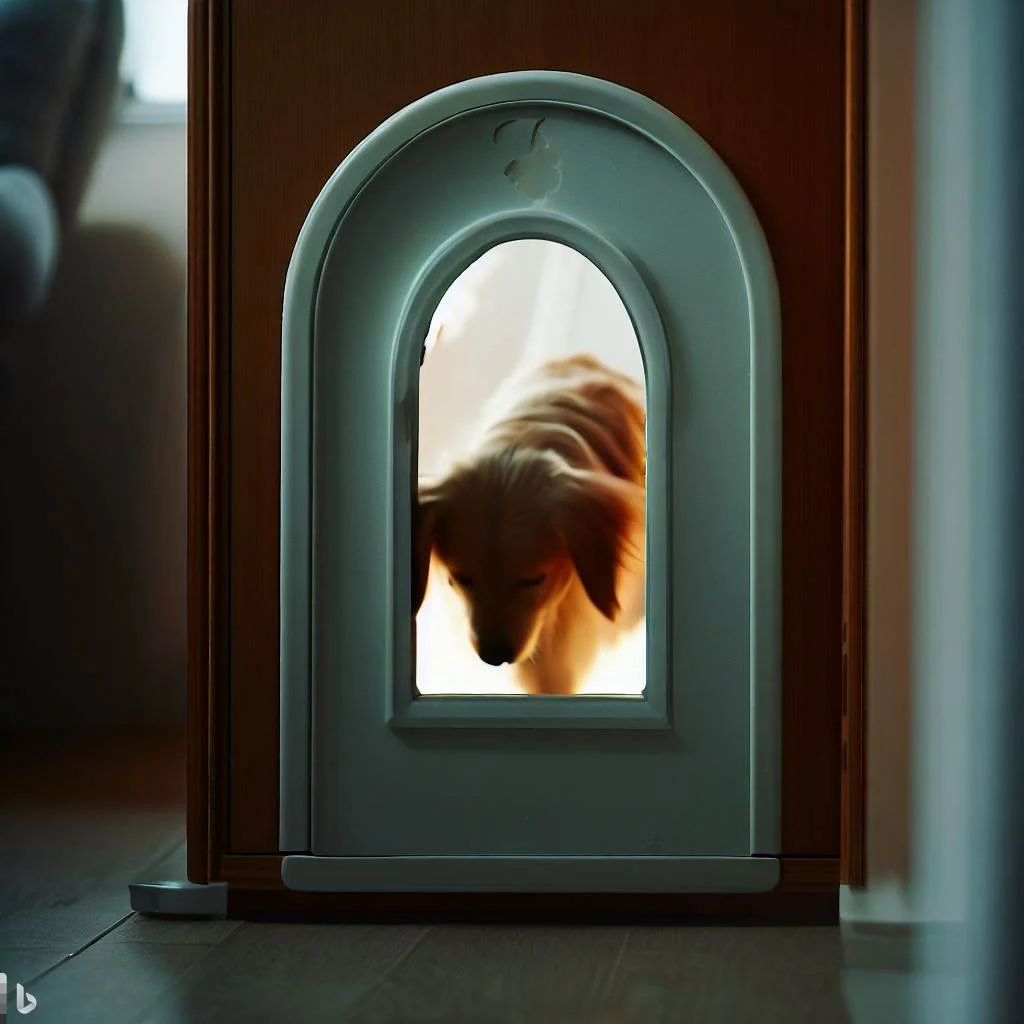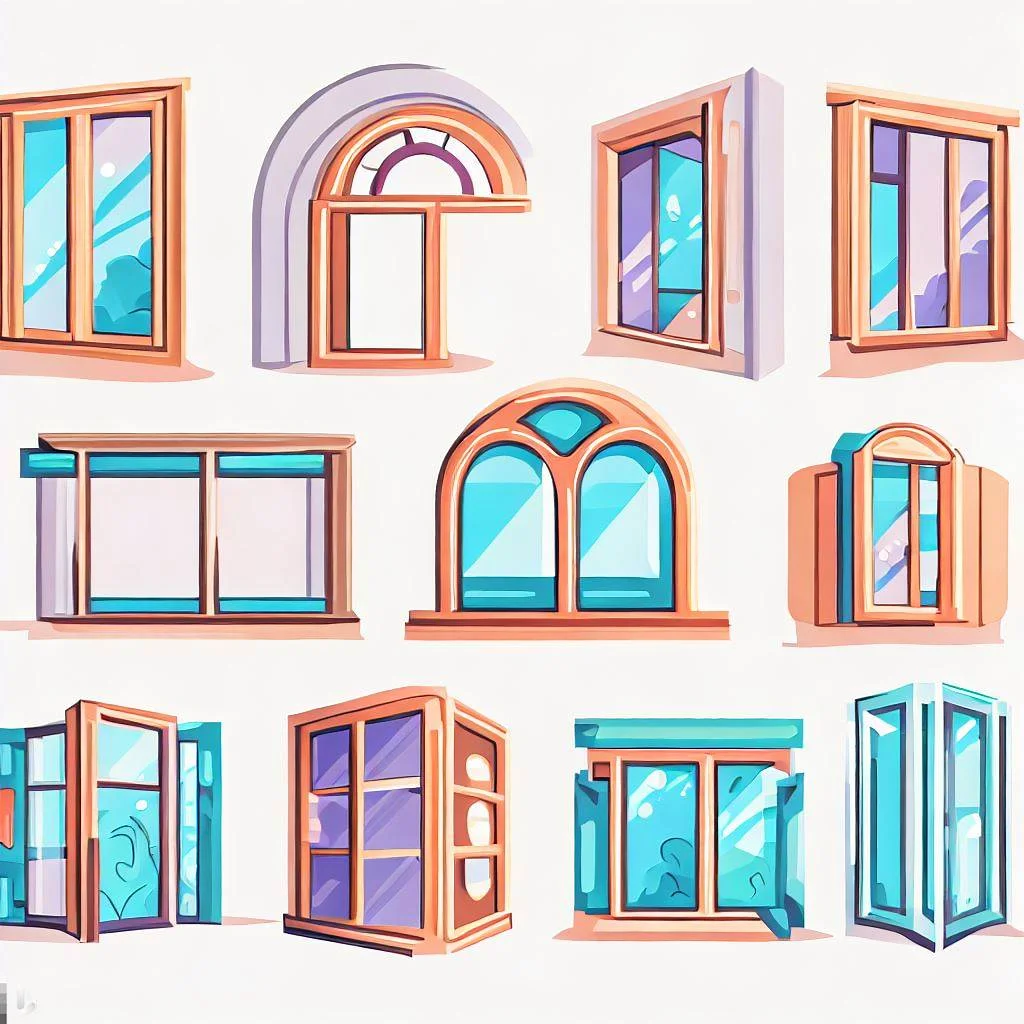Introduction:
Energy efficiency plays a pivotal role in the selection of windows for your home. Not only do energy-efficient windows help curtail utility costs, but they also bolster comfort levels and minimize the ecological impact. In this extensive guide, we will delve deep into the key features that contribute to energy efficiency when choosing windows. From the science behind Low-E glass to the benefits of gas fills and thermal breaks, we will explore the significance of energy ratings and how they can empower you to make well-informed decisions in line with your energy-saving goals. By comprehending these essential aspects, you will possess the knowledge necessary to choose energy-efficient windows that optimize your home's energy performance while reducing your carbon footprint.
Energy efficiency plays a pivotal role in the selection of windows for your home. Not only do energy-efficient windows help curtail utility costs, but they also bolster comfort levels and minimize the ecological impact. In this extensive guide, we will delve deep into the key features that contribute to energy efficiency when choosing windows. From the science behind Low-E glass to the benefits of gas fills and thermal breaks, we will explore the significance of energy ratings and how they can empower you to make well-informed decisions in line with your energy-saving goals. By comprehending these essential aspects, you will possess the knowledge necessary to choose energy-efficient windows that optimize your home's energy performance while reducing your carbon footprint.
Understanding Energy Efficiency:

To make well-informed choices about energy-efficient windows, it is crucial to have a clear understanding of the underlying principles and the benefits they offer, including significant reductions in heating and cooling costs, improved thermal comfort, and a minimized environmental impact, enabling you to prioritize energy efficiency as a fundamental factor when selecting windows for your home.
Low-E Glass:
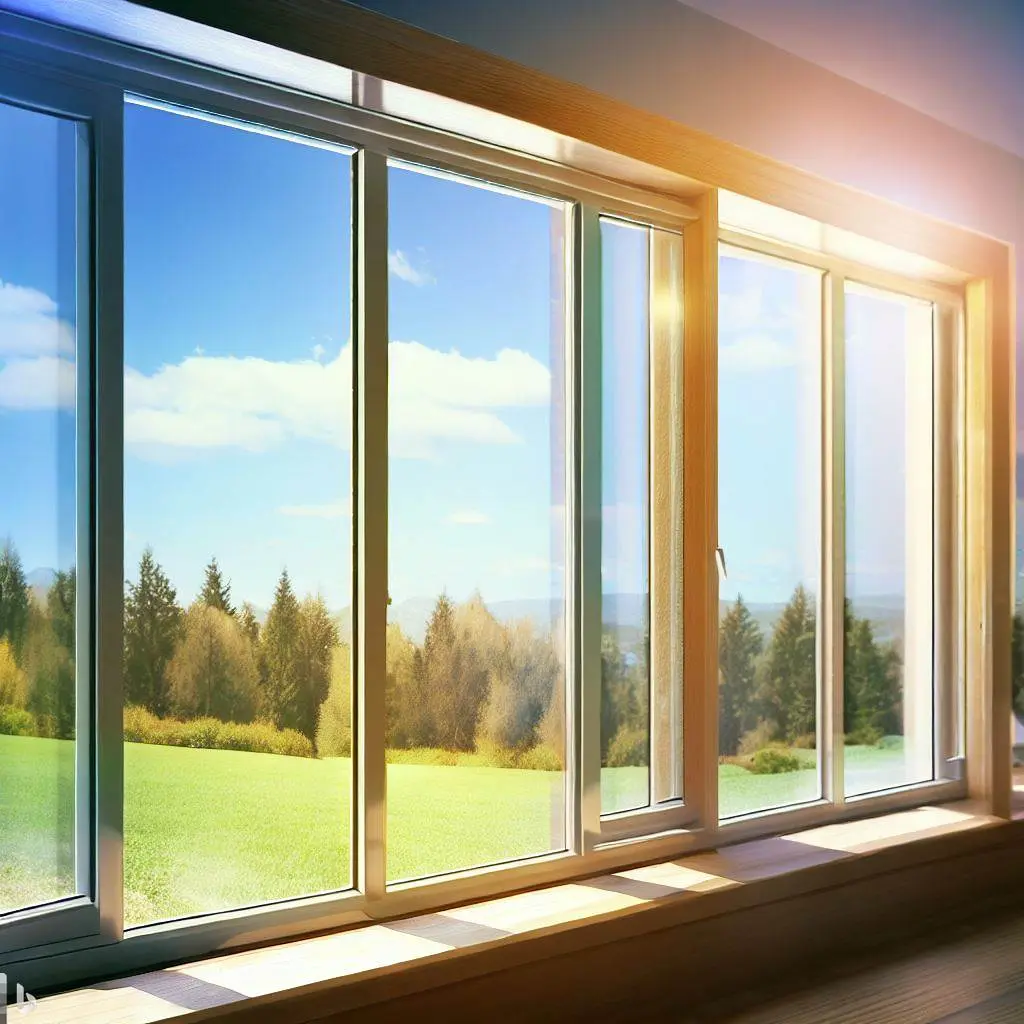 Energy-efficient windows help reduce utility costs, enhance comfort, and minimize environmental impact through features like Low-E glass, double or triple glazing, gas fills, and thermal breaks, making informed decisions based on energy ratings empowers homeowners to optimize energy performance and reduce their carbon footprint.
Energy-efficient windows help reduce utility costs, enhance comfort, and minimize environmental impact through features like Low-E glass, double or triple glazing, gas fills, and thermal breaks, making informed decisions based on energy ratings empowers homeowners to optimize energy performance and reduce their carbon footprint.Double or Triple Glazing:
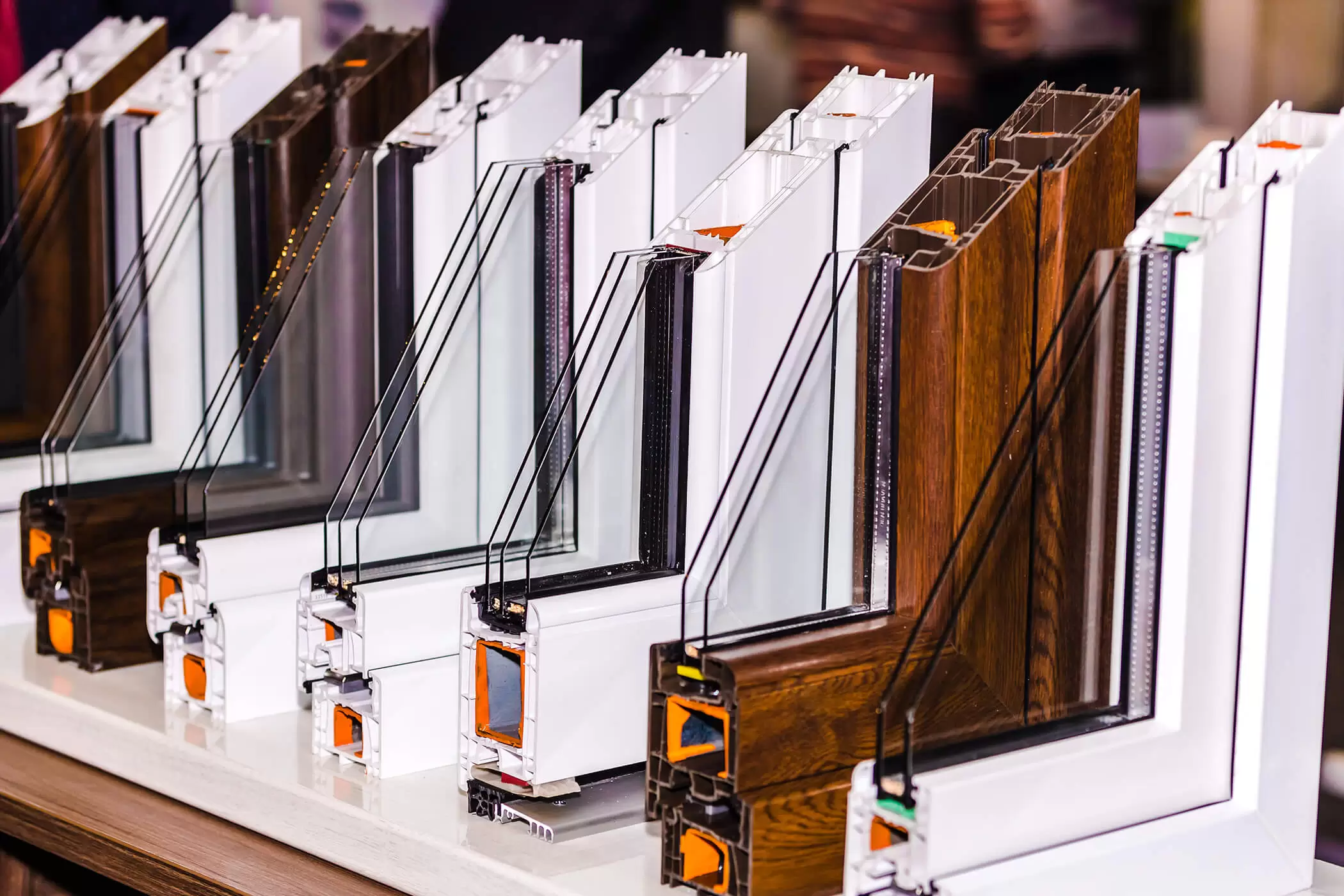 Double or triple glazing is a technique that entails the utilization of multiple glass panes in a single window unit. By incorporating several layers of glass, which are separated by insulating spaces, a formidable barrier is created, effectively minimizing the transfer of heat. This enhanced design offers numerous advantages. Firstly, it provides superior thermal insulation, meaning that heat loss during colder months is significantly reduced, while heat gain during hotter months is likewise limited. This not only enhances the overall comfort within your home but also helps to reduce your reliance on heating and cooling systems, resulting in substantial energy savings. Secondly, the presence of multiple glass layers acts as a proficient sound insulator, minimizing external noise pollution and creating a more peaceful indoor environment. Whether you live in a bustling urban area or simply desire a quieter living space, double or triple glazing can greatly contribute to noise reduction, allowing you to enjoy a more serene atmosphere. Furthermore, the added layers of glass provide an additional layer of security, making it more difficult for potential intruders to gain access to your home. The increased thickness and strength of the glazing act as a deterrent and provide an extra level of protection for your property. Lastly, double and triple glazing options come in a variety of styles, designs, and customization options, allowing you to find the perfect fit for your home aesthetic and personal preferences. Whether you prioritize energy efficiency, noise reduction, security, or a combination of factors, double or triple glazing offers a versatile solution that can be tailored to your specific needs. By understanding the benefits and advantages associated with double and triple glazing, you can make well-informed decisions when selecting windows that optimize your home's energy efficiency, acoustic comfort, security, and overall aesthetic appeal.
Double or triple glazing is a technique that entails the utilization of multiple glass panes in a single window unit. By incorporating several layers of glass, which are separated by insulating spaces, a formidable barrier is created, effectively minimizing the transfer of heat. This enhanced design offers numerous advantages. Firstly, it provides superior thermal insulation, meaning that heat loss during colder months is significantly reduced, while heat gain during hotter months is likewise limited. This not only enhances the overall comfort within your home but also helps to reduce your reliance on heating and cooling systems, resulting in substantial energy savings. Secondly, the presence of multiple glass layers acts as a proficient sound insulator, minimizing external noise pollution and creating a more peaceful indoor environment. Whether you live in a bustling urban area or simply desire a quieter living space, double or triple glazing can greatly contribute to noise reduction, allowing you to enjoy a more serene atmosphere. Furthermore, the added layers of glass provide an additional layer of security, making it more difficult for potential intruders to gain access to your home. The increased thickness and strength of the glazing act as a deterrent and provide an extra level of protection for your property. Lastly, double and triple glazing options come in a variety of styles, designs, and customization options, allowing you to find the perfect fit for your home aesthetic and personal preferences. Whether you prioritize energy efficiency, noise reduction, security, or a combination of factors, double or triple glazing offers a versatile solution that can be tailored to your specific needs. By understanding the benefits and advantages associated with double and triple glazing, you can make well-informed decisions when selecting windows that optimize your home's energy efficiency, acoustic comfort, security, and overall aesthetic appeal.Gas Fills:
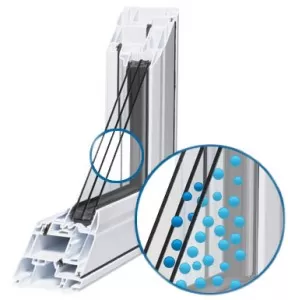 Certain energy-efficient windows incorporate the use of gas fills, such as argon or krypton, between the glass panes, creating an additional insulation layer that significantly reduces heat transfer, improves thermal efficiency, and ultimately leads to substantial energy savings; we will delve into the multitude of benefits offered by gas-filled windows, including enhanced insulation, reduced heating and cooling costs, and increased comfort, while also highlighting key considerations when selecting the most suitable gas fill for your windows, such as thermal conductivity, availability, cost, and environmental impact.
Certain energy-efficient windows incorporate the use of gas fills, such as argon or krypton, between the glass panes, creating an additional insulation layer that significantly reduces heat transfer, improves thermal efficiency, and ultimately leads to substantial energy savings; we will delve into the multitude of benefits offered by gas-filled windows, including enhanced insulation, reduced heating and cooling costs, and increased comfort, while also highlighting key considerations when selecting the most suitable gas fill for your windows, such as thermal conductivity, availability, cost, and environmental impact.Thermal Breaks:
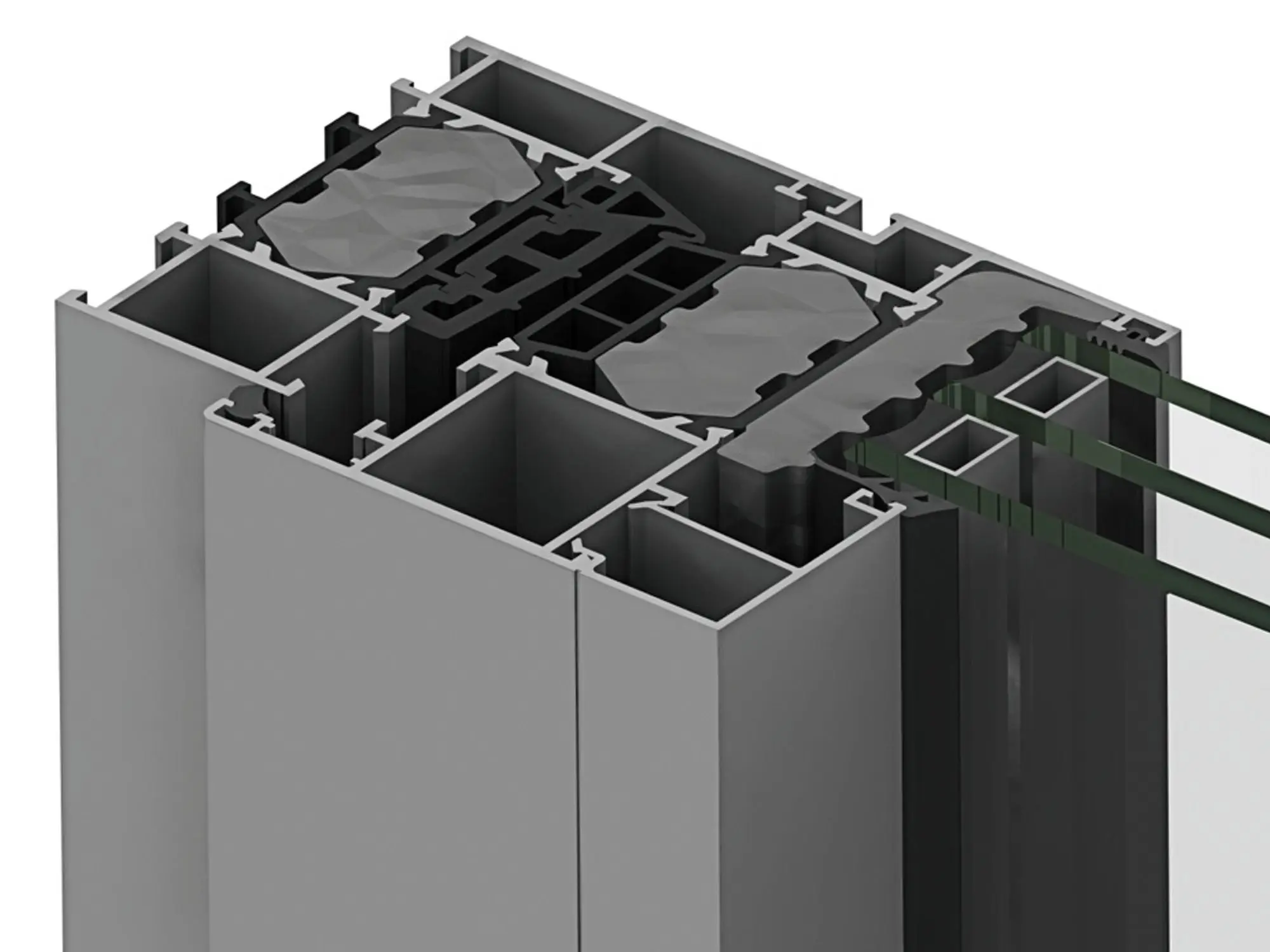 Thermal breaks, cleverly designed interruptions incorporated within the window frame using specialized materials characterized by their low thermal conductivity, serve as formidable barriers that significantly impede the transfer of heat, thereby playing a pivotal role in optimizing energy efficiency and minimizing thermal energy loss; throughout our extensive and meticulous exploration, we will delve into the intricate workings and diverse types of thermal breaks, elucidating their profound significance in preventing energy leakage and empowering you with the knowledge to make informed decisions when selecting windows that provide exceptional insulation, ultimately maximizing energy performance and contributing to a sustainable and eco-friendly living environment.
Thermal breaks, cleverly designed interruptions incorporated within the window frame using specialized materials characterized by their low thermal conductivity, serve as formidable barriers that significantly impede the transfer of heat, thereby playing a pivotal role in optimizing energy efficiency and minimizing thermal energy loss; throughout our extensive and meticulous exploration, we will delve into the intricate workings and diverse types of thermal breaks, elucidating their profound significance in preventing energy leakage and empowering you with the knowledge to make informed decisions when selecting windows that provide exceptional insulation, ultimately maximizing energy performance and contributing to a sustainable and eco-friendly living environment.Energy Ratings and Labels:
 Energy ratings, such as the widely recognized ENERGY STAR label, go beyond a mere endorsement, providing comprehensive insights and guidance on the significance of these ratings, their role in assessing the energy performance of windows, and their ability to empower you in making informed decisions that align with your energy-saving goals. By understanding the criteria used for energy ratings and recognizing the advantages associated with ENERGY STAR-certified windows, you can confidently navigate the process of choosing energy-efficient windows, ensuring optimal energy efficiency and contributing to a greener and more sustainable living environment.
Energy ratings, such as the widely recognized ENERGY STAR label, go beyond a mere endorsement, providing comprehensive insights and guidance on the significance of these ratings, their role in assessing the energy performance of windows, and their ability to empower you in making informed decisions that align with your energy-saving goals. By understanding the criteria used for energy ratings and recognizing the advantages associated with ENERGY STAR-certified windows, you can confidently navigate the process of choosing energy-efficient windows, ensuring optimal energy efficiency and contributing to a greener and more sustainable living environment.Conclusion:
The careful selection of energy-efficient windows is an indispensable step in reducing utility costs, improving comfort, and minimizing environmental impact. By considering key features such as Low-E glass, double or triple glazing, gas fills, and thermal breaks, you can significantly enhance the energy efficiency of your home. Additionally, relying on energy ratings, including the esteemed ENERGY STAR label, empowers you to make well-informed decisions that align with your energy-saving goals. With the knowledge acquired from this comprehensive guide, you are now equipped to select energy-efficient windows that optimize your home's energy performance while reducing your ecological footprint.

